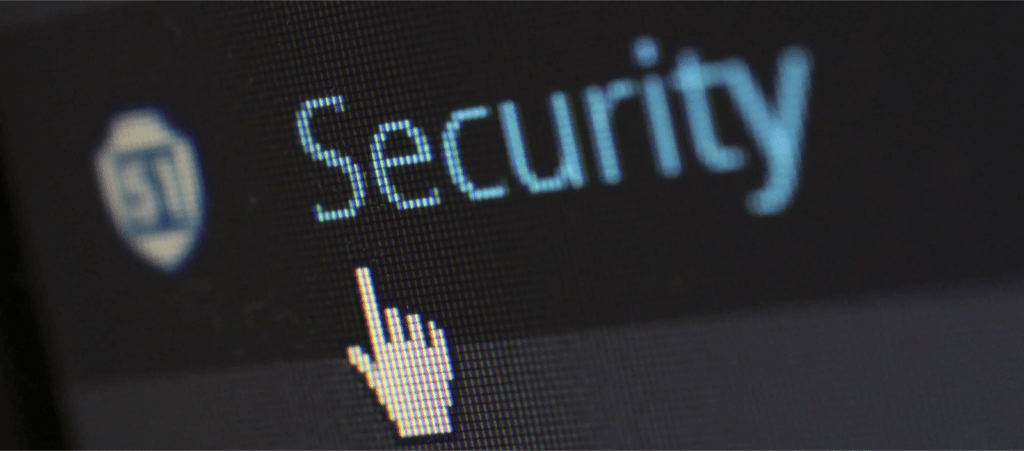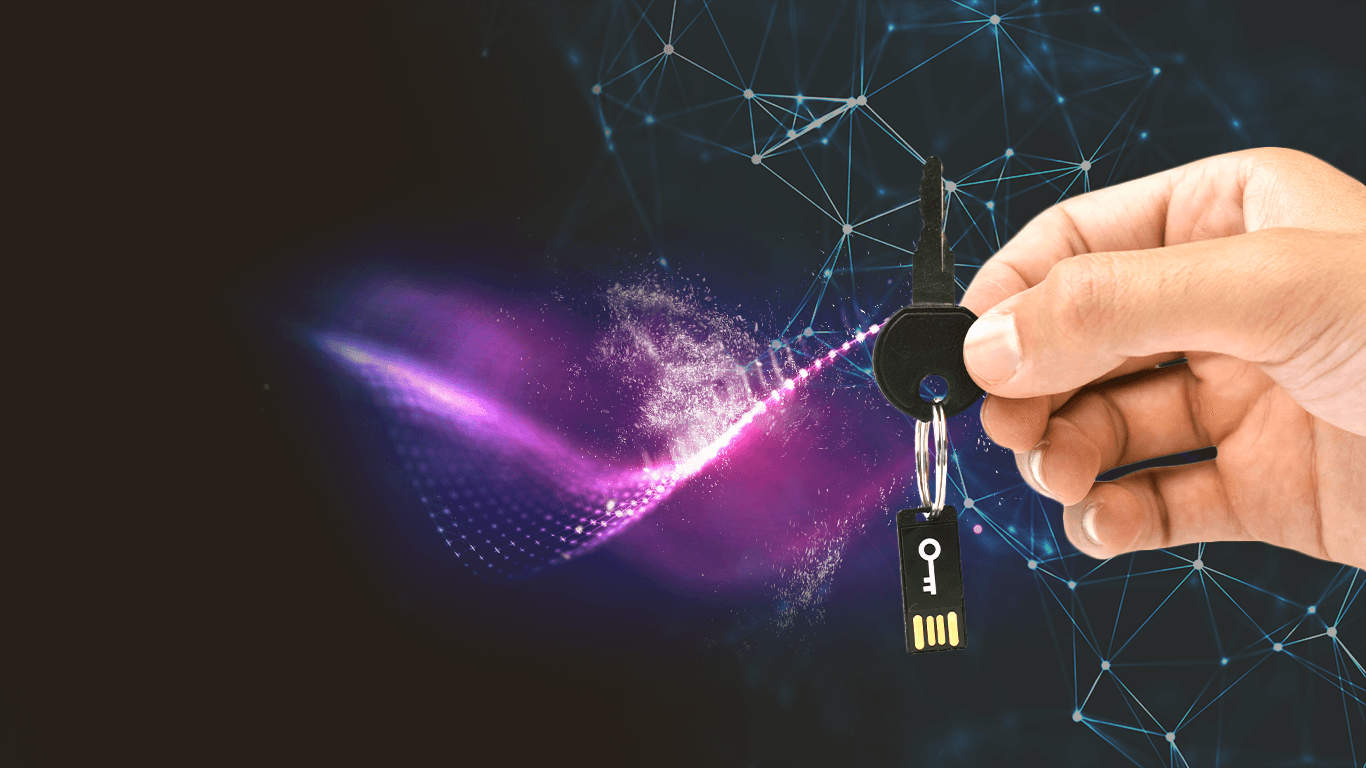Five tips to keep your company safe online
With cyberthreats becoming an ever more common problem, let’s look at a number of ways you can keep your company data safe online.
The internet is a vast space and while it can be indispensable for companies to rely on cloud computing for many aspects of their business, there are some easy tips to follow in order to keep your data safe.

- Use Strong Passwords
Require your employees to use strong and individual passwords for their work-related accounts, such as email, remote access files and more. Passwords should have at least 8 characters and should include capital letters, numbers and special characters.

- Set Up Two-Factor Authentication
Most modern-day software – including offerings from Microsoft and Google – allows two-factor authentication (2FA). This means that in order to log in, users need to input a second encrypted code, usually stored on a cellphone. This is basically how we have been using internet banking for years.

- Update Software
This might be controversial, but many software updates also contain indispensable bug and security fixes which might be exploited by outsiders to gain access to your company’s system. Ask your employees to always install updates to your software as soon as they are available.

- Be careful on public Wi-Fi
As people are working more remotely, it might be tempting to spend a couple of hours working from the local coffee shop, using their free internet. However, this might cause problems because malicious hackers could get hold of your passwords as you are logging in. If possible, use the private hotspot from your own phone, or download sensitive data onto your laptop before you get there.

- Beware of suspicious links
Did Betty from accounting just send you a link to see her holiday pictures? If something looks strange, report the email to IT before you click on it. Malicious links could be very difficult to detect but it’s always better to be extra careful. A careless click could spell many problems for your company.
Did you know?
Cloudica offers several solutions to transfer your whole business operations to the cloud while also keeping you safe in the long term. Contact us on www.cloudicagroup.com to find out more.




